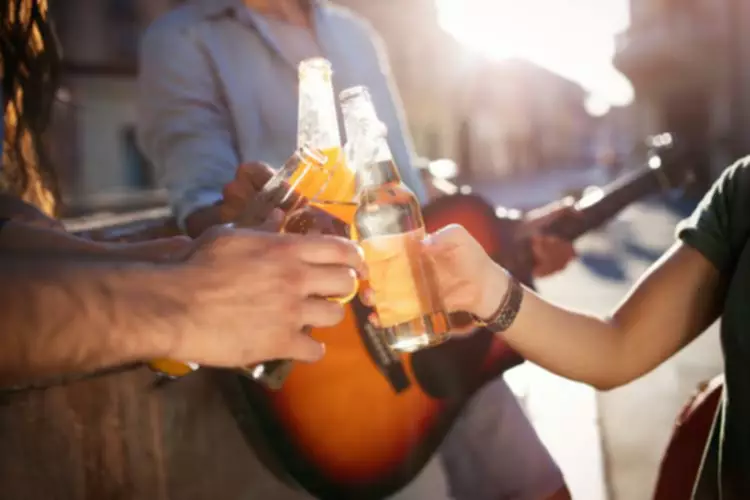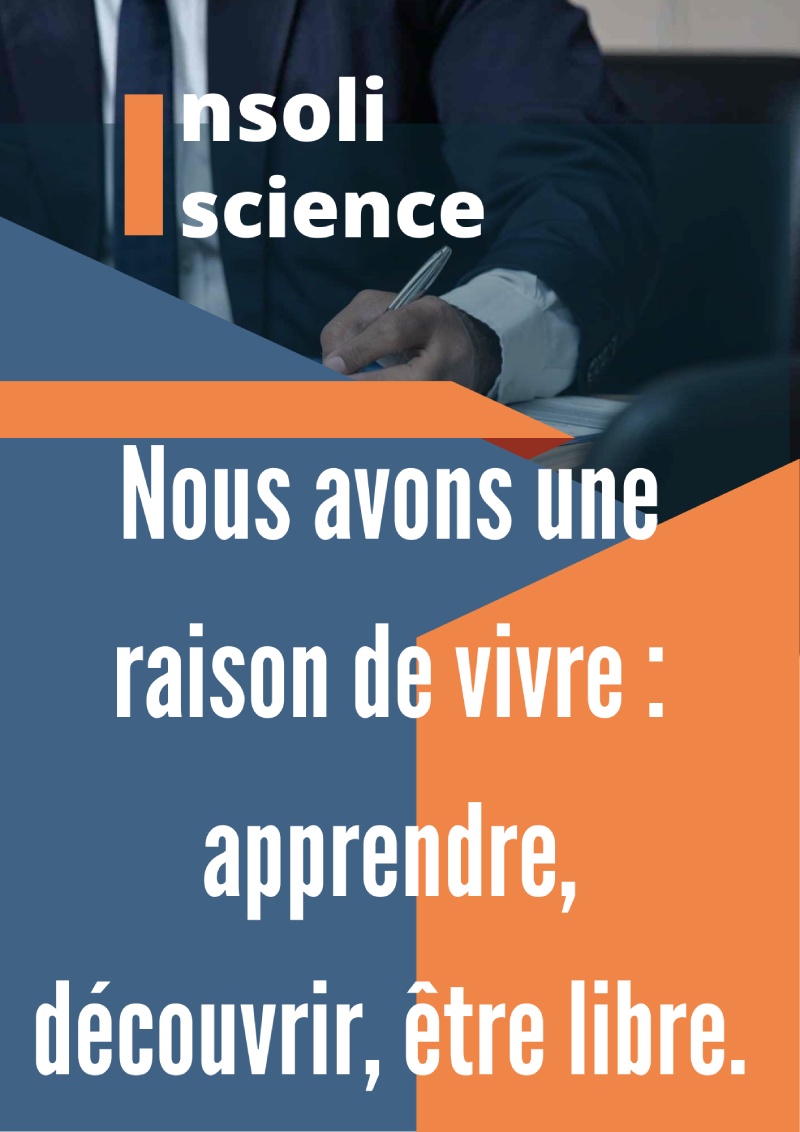The studies reviewed focus primarily on alcohol and tobacco cessation, however, it should be noted that RP principles have been applied to an increasing range of addictive behaviors [10,11]. Relapse poses a fundamental barrier to the treatment of addictive behaviors by representing the modal outcome of behavior change efforts [1-3]. For instance, twelve-month relapse rates following alcohol or tobacco cessation attempts generally range from 80-95% [1,4] and evidence suggests comparable relapse trajectories across various classes of substance use [1,5,6]. Preventing relapse or minimizing its extent is therefore a prerequisite for any attempt to facilitate successful, long-term changes in addictive behaviors. People in addiction recovery often experience drug cravings when they go through stress.
Sommaire
ToggleRelapse Prevention And Ongoing Treatment At Bedrock
- Consistent with the tenets of the reformulated RP model, several studies suggest advantages of nonlinear statistical approaches for studying relapse.
- This narrative review considers the need for increased research attention on nonabstinence psychosocial treatment of SUD – especially drug use disorders – as a potential way to engage and retain more people in treatment, to engage people in treatment earlier, and to improve treatment effectiveness.
- In developing a sense of objectivity, the client is better able to view his or her alcohol use as an addictive behavior and may be more able to accept greater responsibility both for the drinking behavior and for the effort to change that behavior.
- However, many of the treatments ranked in the top 10 (including brief interventions, social skills training, community reinforcement, behavior contracting, behavioral marital therapy, and self-monitoring) incorporate RP components.
- Nevertheless, the first and most important thing to know is that all hope is not lost.
- We first provide an overview of the development of abstinence and nonabstinence approaches within the historical context of SUD treatment in the U.S., followed by an evaluation of literature underlying the theoretical and empirical rationale for nonabstinence treatment approaches.
Other more general strategies include helping the person develop positive addictions and employing stimulus-control and urge-management techniques. Researchers continue to evaluate the AVE and the efficacy of relapse prevention strategies. A number of studies have examined psychosocial risk reduction interventions for individuals with high-risk drug use, especially people who inject drugs. In contrast to the holistic approach of harm reduction psychotherapy, risk reduction interventions are generally designed to target specific HIV risk behaviors (e.g., injection or sexual risk behaviors) without directly addressing mechanisms of SUD, and thus are quite limited in scope.
- In particular, cognitive behavioral therapy (CBT) can help people overcome the fears and negative thinking that can trigger relapse.
- Ultimately, individuals who are struggling with behavior change often find that making the initial change is not as difficult as maintaining behavior changes over time.
- High-risk situations include both internal experiences—positive memories of using or negative thoughts about the difficulty of resisting impulses—and situational cues.
- Interestingly, Miller and Wilbourne’s [21] review of clinical trials, which evaluated the efficacy of 46 different alcohol treatments, ranked « relapse prevention » as 35th out of 46 treatments based on methodological quality and treatment effect sizes.
- This reaction typically leads to a desire for indulgence that often develops into cravings and urges.
Abstinence Violation Effect: How Does Relapse Impact Recovery?
Those participating in VM were compared to a treatment as usual (TAU) group on measures of post-incarceration substance use and psychosocial functioning. Relative to the TAU group, the VM group reported significantly lower levels of substance use and alcohol-related consequences and improved psychosocial functioning at follow-up [116]. A key contribution of the reformulated relapse model is to highlight the need for non-traditional assessment and analytic approaches to better understand relapse. Most studies of relapse rely on statistical methods that assume continuous linear relationships, but these methods may be inadequate for studying a behavior characterized by discontinuity and abrupt changes [33].

Relapse prevention for addictive behaviors
- Both negative and positive expectancies are related to relapse, with negative expectancies being protective against relapse and positive expectancies being a risk factor for relapse4.
- Despite findings like these, many studies of treatment mechanisms have failed to show that theoretical mediators account for salutary effects of CBT-based interventions.
- Given the abstinence focus of many SUD treatment centers, studies may need to recruit using community outreach, which can yield fewer participants compared to recruiting from treatment (Jaffee et al., 2009).
- Unconscious cravings may turn into the conscious thought that it is the only way you can cope with your current situation.
The RP model of relapse is centered around a detailed taxonomy of emotions, events, and situations that can precipitate both lapses and relapses to drinking. This taxonomy includes both immediate relapse determinants and covert antecedents, which indirectly increase a person’s vulnerability to relapse. Based on the classification of relapse determinants and high-risk situations proposed in the RP model, numerous treatment components have been developed that are aimed at helping the recovering alcoholic cope with high-risk situations. The results of recent research, particularly the RREP study, likely will lead to modifications of the original RP model, particularly with regard to the assessment of high-risk situations as well as the conceptualization of covert and immediate antecedents of relapse. Overall, however, research findings support both the overall model of the relapse process and the effectiveness of treatment strategies based on the model.

2. Controlled drinking

In contrast to the former group of people, the latter group realizes that one needs to “learn from one’s mistakes” and, thus, they may develop more effective ways to cope with similar trigger situations in the future. Multiple theories of motivation for behavior change support the importance of self-selection of goals in SUD treatment (Sobell et al., 1992). For example, Bandura, who developed Social Cognitive Theory, abstinence violation effect posited that perceived choice is key to goal adherence, and that individuals may feel less motivation when goals are imposed by others (Bandura, 1986). Miller, whose seminal work on motivation and readiness for treatment led to multiple widely used measures of SUD treatment readiness and the development of Motivational Interviewing, also argued for the importance of goal choice in treatment (Miller, 1985).
‘This Time Will Be Different’
Although the RP model considers the high-risk situation the immediate relapse trigger, it is actually the person’s response to the situation that determines whether he or she will experience a lapse (i.e., begin using alcohol). A person’s coping behavior in a high-risk situation is a particularly critical determinant of the likely outcome. Thus, a person who can execute effective coping strategies (e.g., a behavioral strategy, such as leaving the situation, or a cognitive strategy, such as positive self-talk) is less likely to relapse compared with a person lacking those skills. Moreover, people who have coped successfully with high-risk situations are assumed to experience a heightened sense of self-efficacy (i.e., a personal perception of mastery over the specific risky situation) (Bandura 1977; Marlatt et al. 1995, 1999; Marlatt and Gordon 1985). Conversely, people with low self-efficacy perceive themselves as lacking the motivation or ability to resist drinking in high-risk situations.
Financial support and sponsorship
Among those seeking treatment for alcohol use disorder (AUD), studies with large samples have cited rates of nonabstinence goals ranging from 17% (Berglund et al., 2019) to 87% (Enggasser et al., 2015). In Europe, about half (44–46%) of individuals seeking treatment for AUD have non-abstinence goals (Haug & Schaub, 2016; Heather, Adamson, Raistrick, & Slegg, 2010). In the U.S., about 25% of patients seeking treatment for AUD endorsed nonabstinence goals in the early 2010s (Dunn & Strain, 2013), while more recent clinical trials have found between 82 and 91% of those seeking treatment for AUD prefer nonabstinence goals (Falk et al., 2019; Witkiewitz et al., 2019). Recently, Magill and Ray [41] conducted a meta-analysis of 53 controlled trials of CBT for substance use disorders. As noted by the authors, the CBT studies evaluated in their review were based primarily on the RP model [29]. Overall, the results were consistent with the review conducted by Irvin and colleagues, in that the authors concluded that 58% of individuals who received CBT had better outcomes than those in comparison conditions.
1. Nonabstinence psychosocial treatment models
This stage is characterized by a tug of war between past habits and the desire to change. Thinking about and romanticizing past drug use, hanging out with old friends, lying, and thoughts about relapse are danger signs. Individuals may be bargaining with themselves about when to use, imagining that they can do so in a controlled way.
- Although some high-risk situations appear nearly universal across addictive behaviors (e.g., negative affect; [25]), high-risk situations are likely to vary across behaviors, across individuals, and within the same individual over time [10].
- In high-risk situations, the person expects alcohol to help him or her cope with negative emotions or conflict (i.e. when drinking serves as “self-medication”).
- They assume a distinction between stress coping skills, which are responses intended to deal with general life stress, and temptation coping skills, which are coping responses specific to situations in which there are temptations for substance which could contribute to relapse13.
- Drawing from Intrinsic Motivation Theory (Deci, 1975) and the controlled drinking literature, Miller (1985) argued that clients benefit most when offered choices, both for drinking goals and intervention approaches.
Relapse Prevention
In sum, the current body of literature reflects multiple well-studied nonabstinence approaches for treating AUD and exceedingly little research testing nonabstinence treatments for drug use problems, representing a notable gap in the literature. Multiple versions of harm reduction psychotherapy for alcohol and drug use have been described in detail but not yet studied empirically. However, to date there have been no published empirical trials testing the effectiveness of the approach.
Articles similaires
- Mastering Relapse Prevention Planning: Your Guide to Sustained Recovery
- How to Safely Taper Off Alcohol Alcohol Detox Programs
- Can you really be allergic to alcohol?
- The Missing Piece: The Spiritual Malady Residential Recovery Program & Addiction Transitional Sober Living Home
- Performance-Enhancing Drug Use in Recreational Athletes

